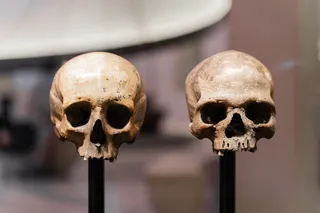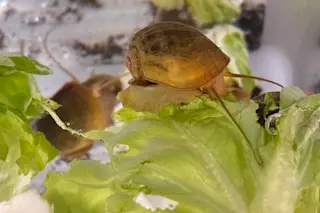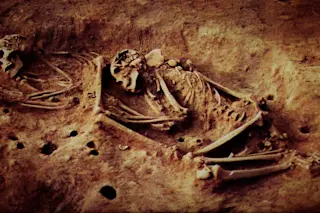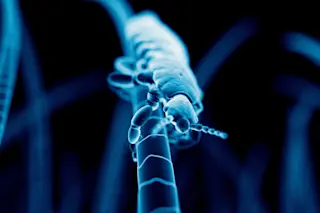Before he steps from the airboat, walt rhodes leans over and pokes around in the muddy brown water with a chewed-up boat oar. "Just making sure mama gator's not here," he says, squinting across the marsh against the South Carolina sun. "She could be lying out here, and I don't want to step on her." He waves off a cloud of mosquitoes and swings his big rubber boot over the side of the boat. A few feet away, fire ants swarm an alligator's nest— cordgrass heaped three feet high and baking in the late-August heat. The warm center is filled with eggs.
Warily, Rhodes wades calf-deep in the muddy water and sticks his hands into the nest, releasing a funky smell as he digs into the heap and uncovers eggs a few inches down. He yelps as the venomous fire ants begin to sting. Sweat runs down his arms, adding ...













